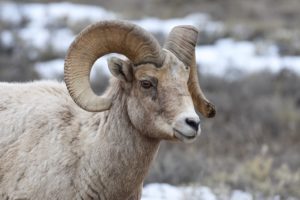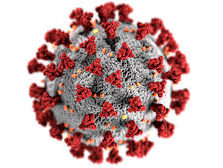What are the transmission dynamics of SARS-CoV-2 in University communities?
Understanding transmission dynamics of SARS-CoV-2 in university settings is important for developing effective prevention measures. We sequenced SARS-CoV-2 genomes from the University of Idaho and the surrounding community during the 2020-2021 academic year to understand transmission dynamics within and between these populations. We found that transmission rates between the two populations was low, and transmission dynamics differed between the populations. The university had more infection waves that lasted shorter lengths of time, potentially resulting from high-transmission congregate settings along with mitigation efforts implemented by the university to combat outbreaks. We also identified potential transmission risk factors for the university, including congregate settings such as sorority and fraternity events and residences, holiday travel, and high caseloads in the surrounding community.
To read more about this work, check out our publication:
Why is Mycoplasma ovipneumoniae harmful to bighorn sheep?
 Mycoplasma ovipneumoniae (“Movi”) is a pathogen that causes severe pneumonia in bighorn sheep, resulting in population depletions across much of the species range. However, the genomic basis of virulence for Movi is poorly understood. For example, we don’t know why some bighorn sheep are more susceptible than others, why some strains are less virulent than others, or why some strains are less virulent in other host species. We performed a genome-wide association (GWA) analysis for bighorn sheep exposed to Movi and found preliminary evidence that susceptibility to Movi corresponds with susceptibility to paranasal sinus tumors. We are currently sequencing and comparing the genomes of Movi strains from different genetic lineages, host species, and geographic regions, to understand the genomic basis of virulence for this pathogen.
Mycoplasma ovipneumoniae (“Movi”) is a pathogen that causes severe pneumonia in bighorn sheep, resulting in population depletions across much of the species range. However, the genomic basis of virulence for Movi is poorly understood. For example, we don’t know why some bighorn sheep are more susceptible than others, why some strains are less virulent than others, or why some strains are less virulent in other host species. We performed a genome-wide association (GWA) analysis for bighorn sheep exposed to Movi and found preliminary evidence that susceptibility to Movi corresponds with susceptibility to paranasal sinus tumors. We are currently sequencing and comparing the genomes of Movi strains from different genetic lineages, host species, and geographic regions, to understand the genomic basis of virulence for this pathogen.
To read more about this work, check out our publication:

